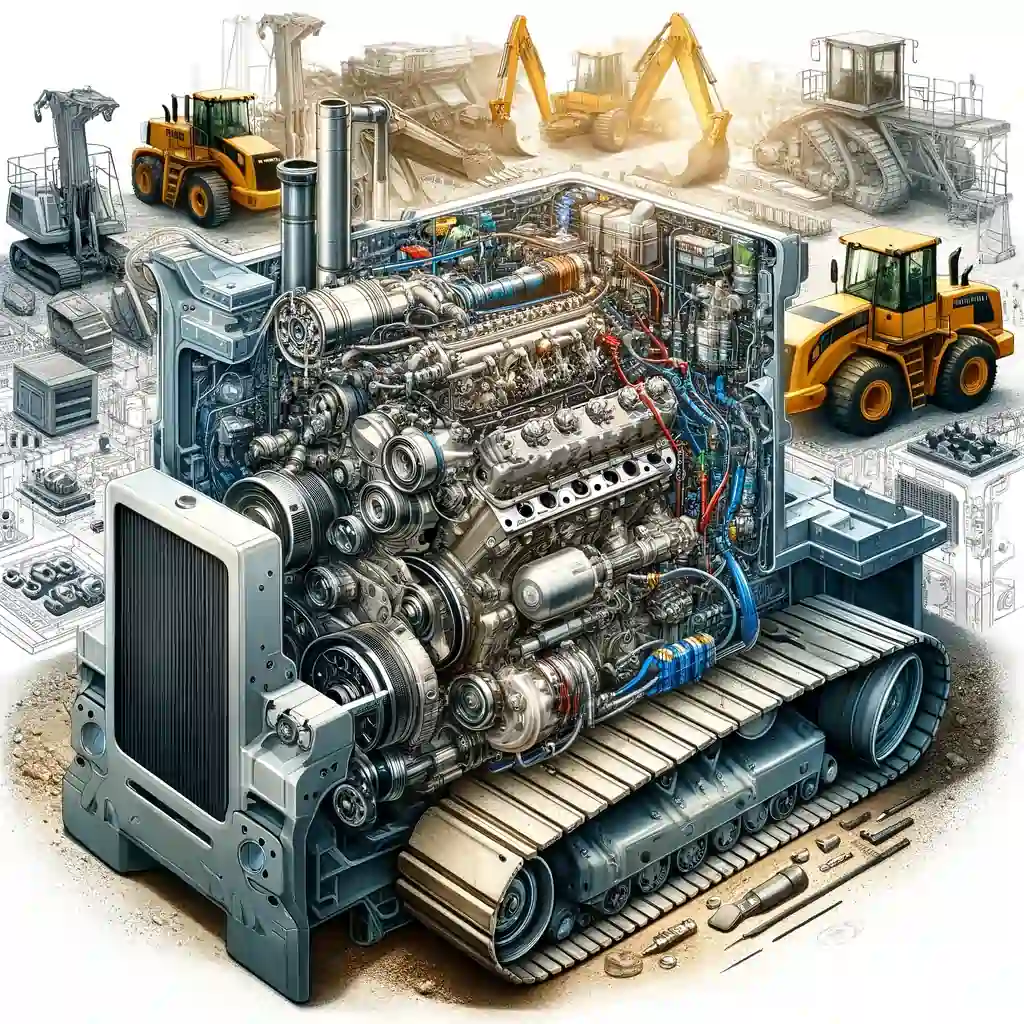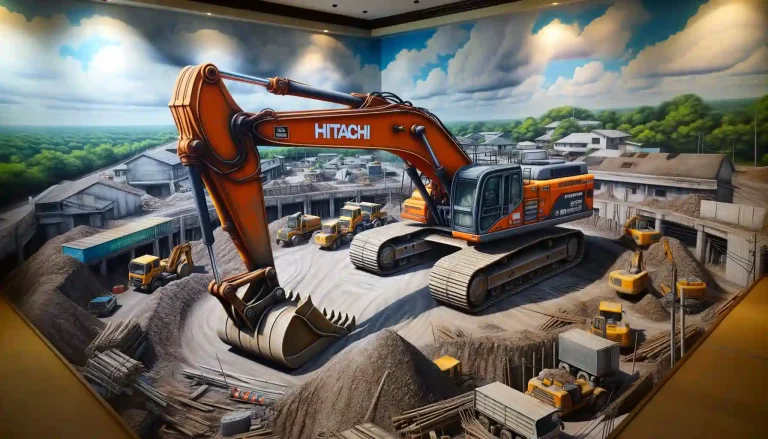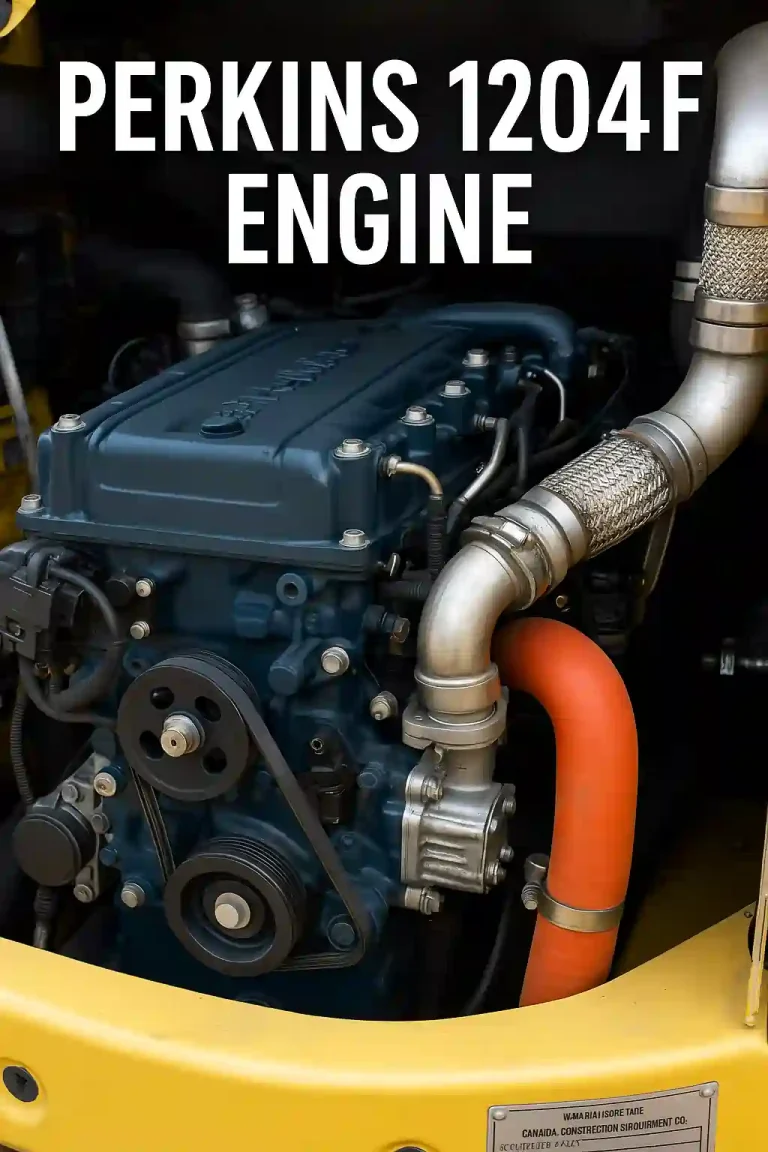The Mechanics of Diesel Engines in Heavy Plant Machinery
Diesel engines are the powerhouse behind the world’s most formidable heavy plant machinery — from bulldozers and excavators to crushers and loaders. Known for their efficiency, durability, and torque, diesel engines use a high-compression cycle to convert fuel into mechanical energy.
This article explores how diesel engines work in heavy equipment, their key components, and why they remain the industry standard. We’ll also touch on modern emissions systems like DEF and DPF, and how to address common issues with DEF delete emulators for off-road machinery.
The Diesel Engine: A Brief Overview
🛠️ History and Development
The diesel engine was developed by Rudolf Diesel in the late 1800s as a more efficient alternative to steam and petrol engines. It quickly became the go-to power source for heavy-duty applications, especially in construction and industrial sectors.
🔍 Diesel vs Petrol Engines
- Diesel engines use compression ignition, compressing air to high pressure and temperature before fuel is injected.
- Petrol engines use spark ignition, igniting fuel-air mixtures with a spark plug.
Diesel’s high compression ratio leads to better fuel economy, greater torque, and longer engine life — ideal for heavy plant use.
Fundamental Principles of Diesel Engine Operation
The Four-Stroke Cycle
- Intake Stroke – Air enters the combustion chamber.
- Compression Stroke – Air is compressed, raising temperature.
- Power Stroke – Fuel is injected and ignites due to compression, driving the piston.
- Exhaust Stroke – Burnt gases are expelled.
Compression Ratio & Efficiency
Diesel engines operate at a much higher compression ratio than petrol engines, resulting in:
- Increased thermal efficiency
- Higher torque at low RPMs
- Reduced fuel consumption over time
Key Components of a Diesel Engine in Heavy Machinery
1️⃣ Fuel System
Includes:
- Fuel injector – Sprays fuel into the cylinder at high pressure
- Fuel pump – Supplies pressurized fuel from the tank
- Fuel filter – Removes contaminants
Precision fuel delivery is essential for performance and efficiency — but also susceptible to clogging if DEF-related errors arise.
2️⃣ Air Intake System
Components like turbochargers and intercoolers increase airflow and power output by boosting air density — a must for torque-heavy tasks like digging and hauling.
3️⃣ Exhaust System & Emissions Control
Modern diesel machines use complex after-treatment systems like:
- Diesel Particulate Filters (DPF)
- Selective Catalytic Reduction (SCR) systems
- Diesel Exhaust Fluid (DEF) injection systems
These systems reduce NOx and particulate matter — but can cause costly problems when they fail or clog.
⚠️ Modern exhaust systems include DPFs and SCR units — both of which can trigger issues over time. Learn how our DEF Delete solution helps bypass SCR failures in off-road machinery.
4️⃣ Cooling System
Uses radiators, coolant pumps, and thermostats to manage engine heat and prevent overheating — essential for long, high-load jobs in hot climates.
5️⃣ Lubrication System
Ensures all moving parts are coated with oil, reducing wear and preventing metal-on-metal contact. Diesel engines in plant machinery rely on this system for long-term durability.
Why Diesel Engines Dominate in Heavy Machinery
✅ Energy Efficiency
Diesel fuel contains more energy per gallon than petrol, and compression ignition extracts more of that energy during combustion.
✅ Torque Output
Diesel engines produce more torque at lower RPMs, giving machines like bulldozers and excavators the grunt needed to move heavy loads with ease.
✅ Durability & Reliability
Built with stronger components, diesel engines in heavy equipment are designed to operate for thousands of hours, often with minimal overhauls.
Challenges & Innovations in Diesel Technology
❗ Emissions Compliance Issues
Modern regulations demand cleaner diesel engines — leading to added complexity like:
- DEF systems
- NOx sensors
- EGR valves
- DPFs
These systems often fail in harsh job site conditions, triggering limp mode or downtime.
✅ Our DEF delete emulators solve these issues without removing hardware — designed for legal off-road use only.
⚙ Advancements in Diesel Engineering
Modern improvements include:
- Electronic control units (ECUs)
- High-pressure common-rail fuel systems
- Smart emissions monitoring
These features improve fuel economy and emissions — but also make the engine more sensor-dependent and vulnerable to electronic faults.
Conclusion
Diesel engines are the foundation of heavy plant machinery, offering unmatched torque, fuel efficiency, and reliability. But with increasing emissions complexity, today’s diesel engines can suffer from DEF-related errors and costly shutdowns. These engines power machines like CAT, Hitachi, and Link-Belt excavators — all of which we support with our DEF delete kits.
🔧 If you’re operating off-road equipment like excavators, crushers, or bulldozers, our plug-and-play DEF delete solutions can help you stay productive and avoid costly DEF failures.
🔧 Want to solve emissions issues on your diesel-powered machinery?
Contact us for expert guidance and plug-and-play DEF delete kits.







